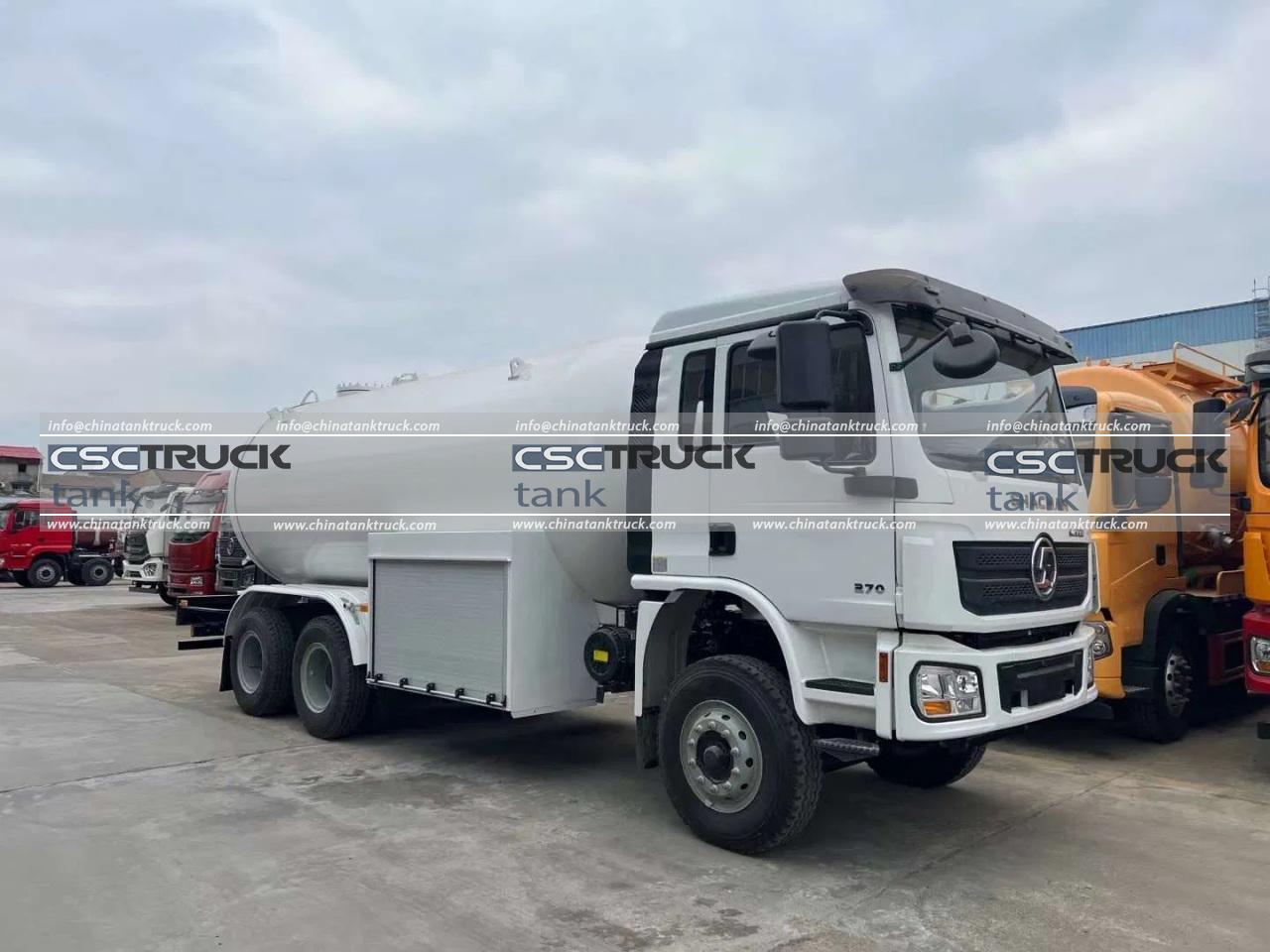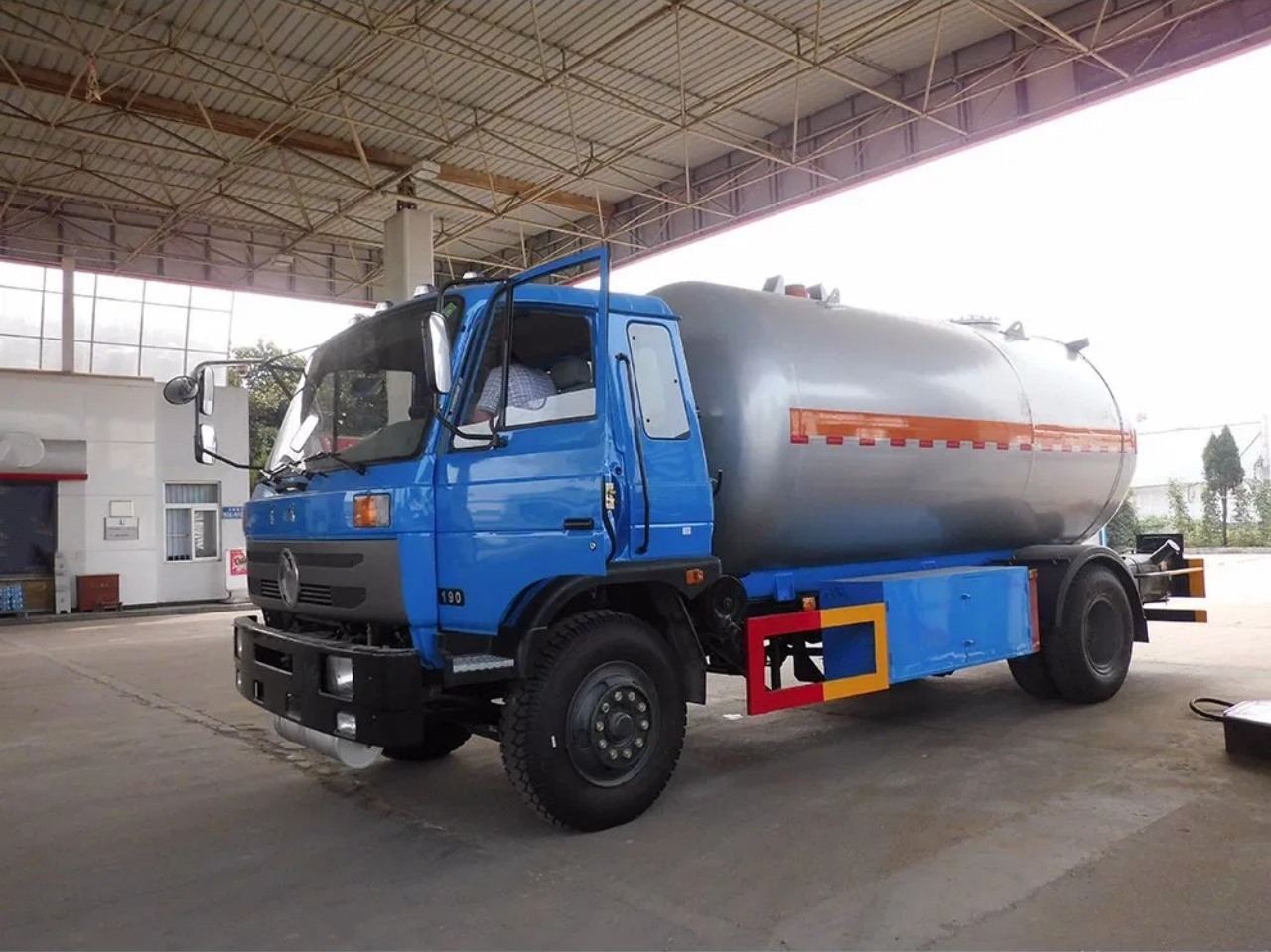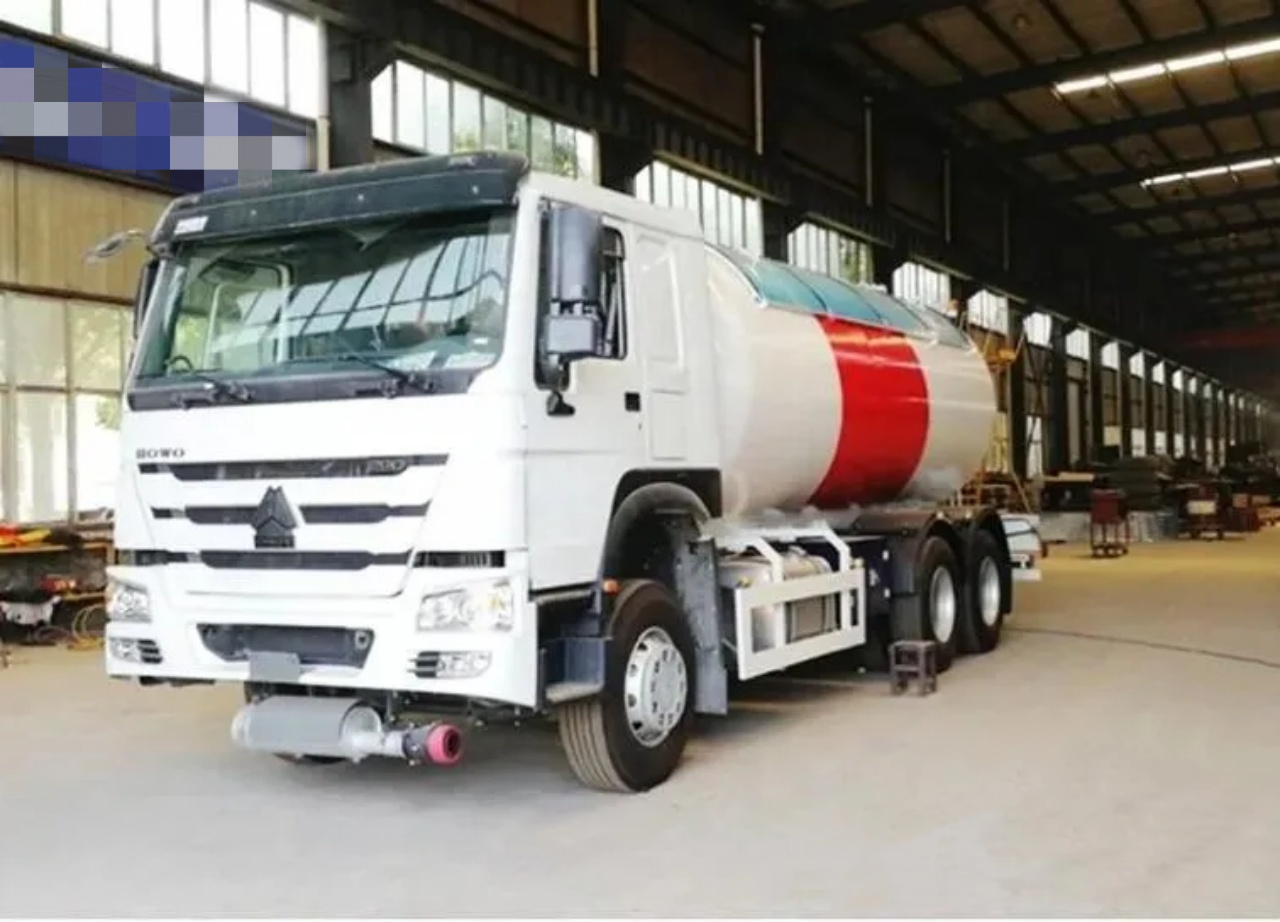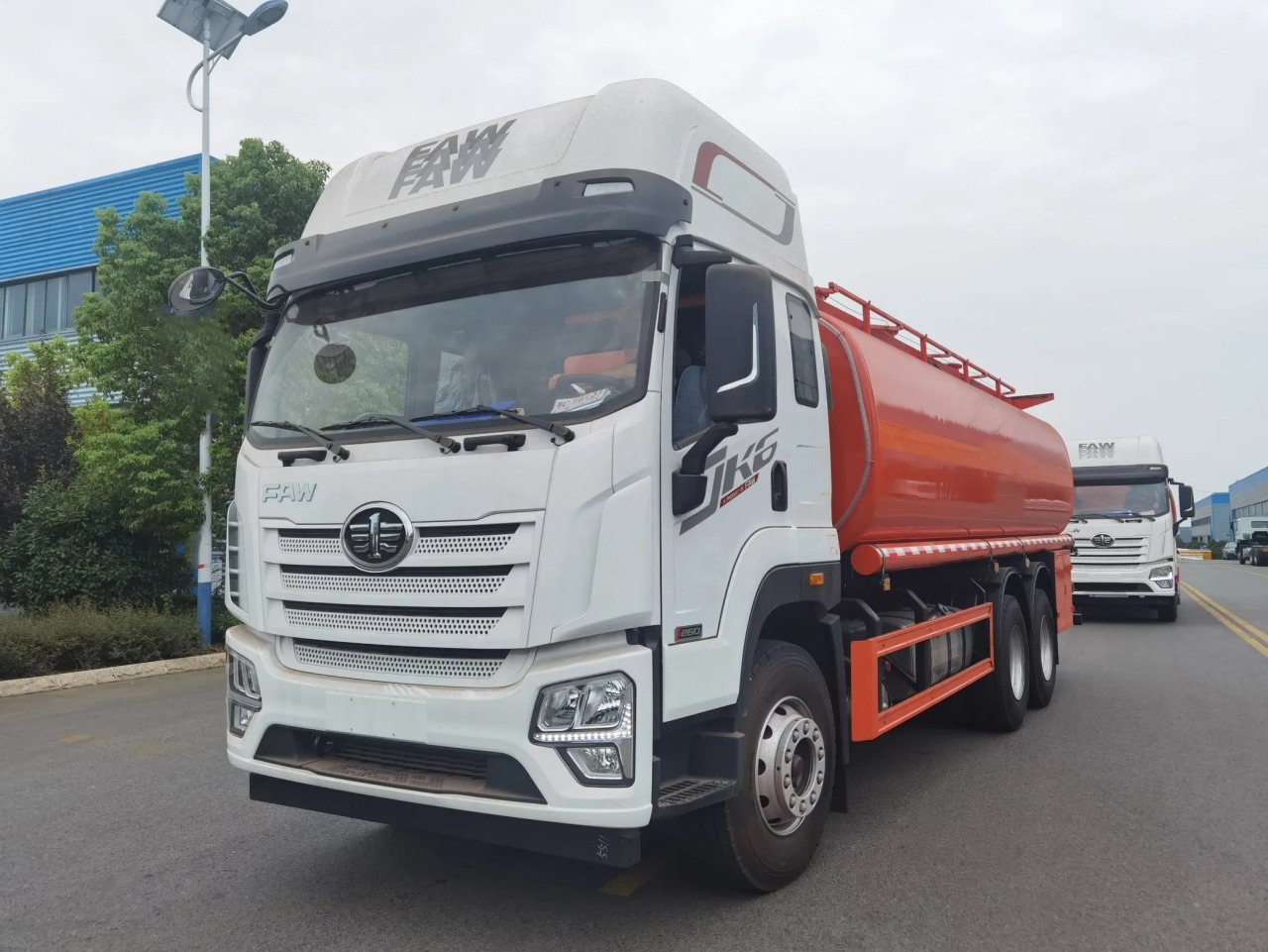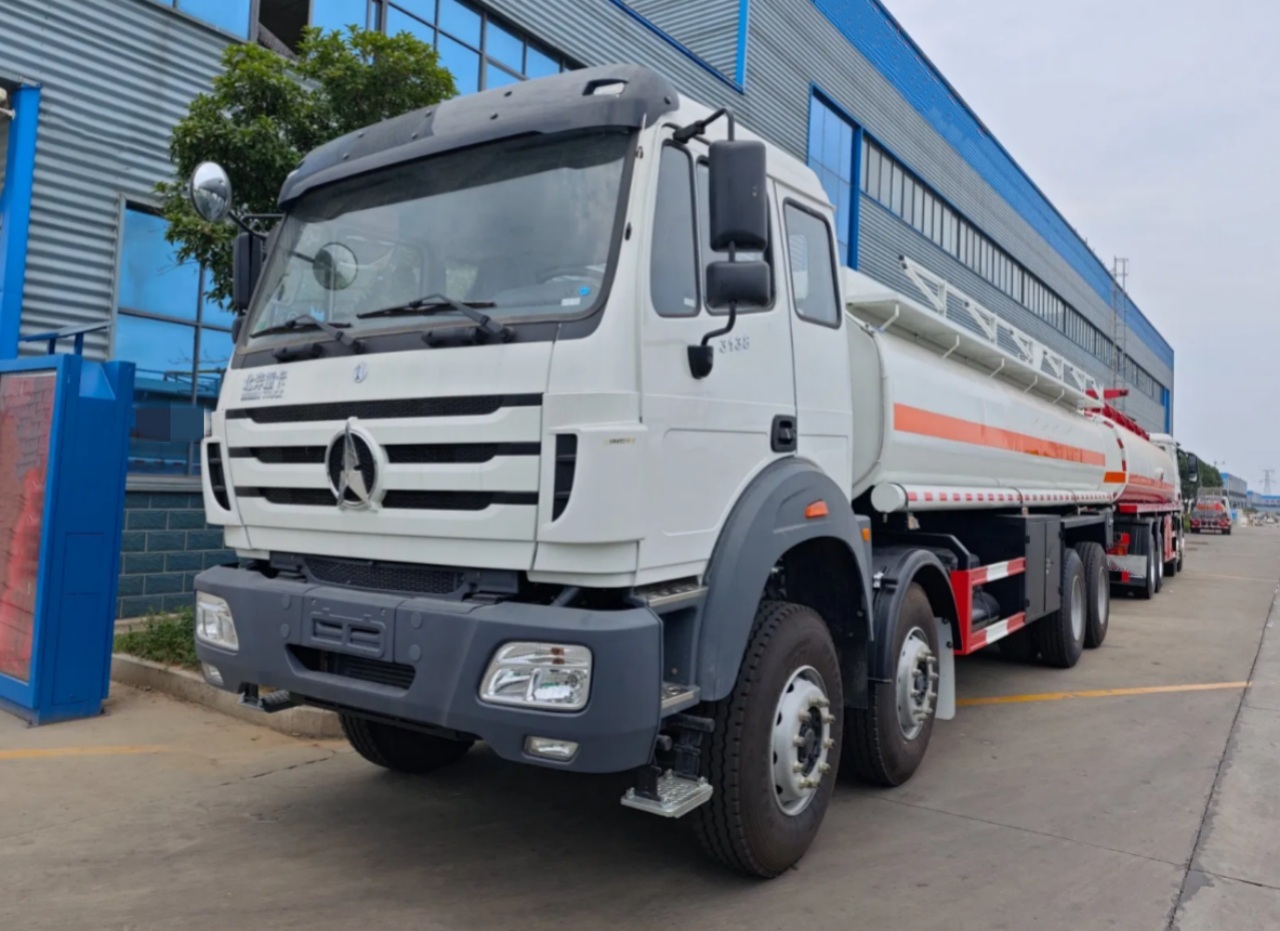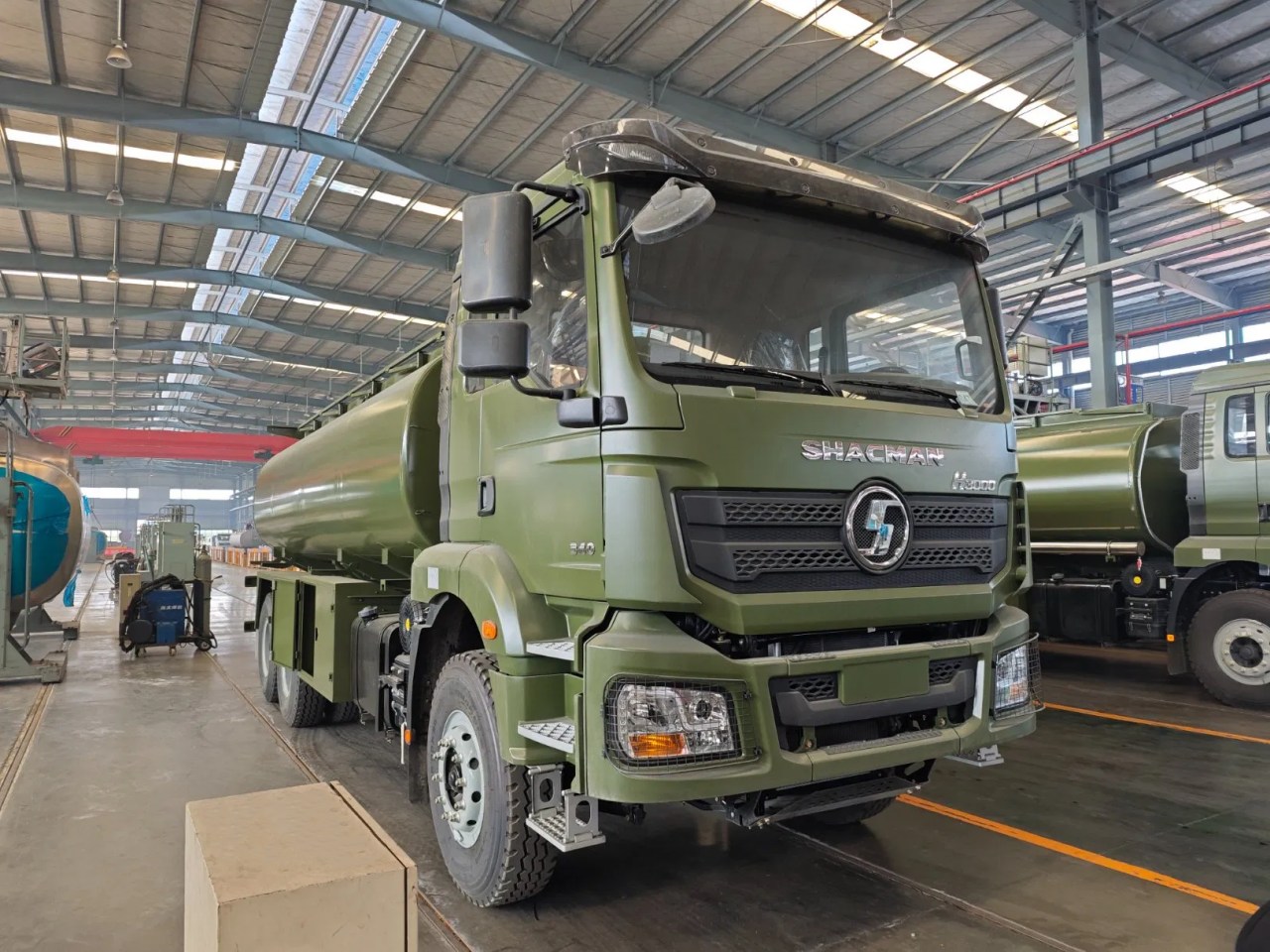In the world of logistics and specialized transportation, liquid trucks play a vital role in delivering essential substances across industries. Whether transporting potable water, chemicals, fuel, or food-grade liquids, these specialized vehicles are indispensable in keeping modern society functioning smoothly. But what exactly is a “liquid truck” called? While the general term “liquid truck” may be used colloquially, there are several more precise names and classifications based on the truck’s specific design and its intended cargo. This article explores the various types of liquid trucks, their names, structures, uses, and the industries that rely on them.
The General Term: Tank Truck
The most commonly accepted term for a “liquid truck” is tank truck (or tanker truck). These vehicles are designed specifically to transport liquid or gaseous products in bulk. The tank is typically cylindrical and mounted horizontally on the vehicle chassis to ensure stability, efficient space utilization, and smooth flow of contents. Tank trucks vary in size from small vehicles used for local deliveries to large semi-trailer tankers used for long-haul transport.
Tank trucks are a broad category and include several subtypes depending on the material they carry, such as:
- Water tank trucks
- Fuel tanker trucks
- Milk tankers
- Chemical tankers
- Acid tankers
- Asphalt tankers
Each of these has a different internal and external construction to meet safety, hygiene, and efficiency standards required by their cargo.
1. Water Tank Trucks
Water tank trucks, often called water bowsers, are used for transporting potable or non-potable water. They are essential in areas with water scarcity, construction sites, agriculture, and firefighting operations. These trucks can range from 1,000 to over 20,000 liters in capacity.
Water tankers are usually made of carbon steel, stainless steel, or plastic, depending on whether the water is for drinking or industrial use. They may also include pumps, sprayers, and hoses for efficient water distribution.
2. Fuel Tanker Trucks
Fuel tankers are among the most commonly seen liquid trucks on highways. These are designed to transport gasoline, diesel, aviation fuel, and other petroleum-based products. They are built with explosion-proof, corrosion-resistant aluminum or stainless steel tanks and incorporate multiple compartments to carry different types of fuel simultaneously.
Fuel tankers must adhere to strict safety and environmental regulations, such as those set by the U.S. Department of Transportation (DOT) or ADR in Europe. These trucks include features like pressure relief valves, grounding systems, and fire-retardant components.
3. Milk Tanker Trucks
Milk tankers, also known as dairy tankers, are designed specifically for transporting large quantities of raw milk from farms to processing facilities. Hygiene and temperature control are critical in these trucks. The tanks are typically made of high-grade stainless steel and feature insulated walls to maintain a cool internal temperature and prevent bacterial growth.
These trucks are often cleaned using Clean-in-Place (CIP) systems to meet food safety standards. Milk tankers may also have multiple compartments to carry milk from different farms without mixing.
4. Chemical Tank Trucks
Chemical tank trucks are used to transport hazardous and non-hazardous chemicals, including acids, solvents, and industrial liquids. These tankers must comply with stringent chemical compatibility standards and environmental laws.
The tanks are generally made from stainless steel, rubber-lined steel, or fiberglass-reinforced plastic (FRP). Depending on the chemical being transported, tanks may be equipped with insulation, heating systems, and special linings. Operators of chemical tank trucks typically require hazardous material (HazMat) endorsements on their commercial driver’s licenses.
5. Acid Tankers
A subset of chemical tankers, acid tank trucks are built specifically to carry corrosive substances like sulfuric acid, hydrochloric acid, or nitric acid. These trucks use special anti-corrosive linings made from materials like rubber, polyethylene, or glass-reinforced epoxy. The fittings and gaskets are also resistant to acid corrosion.
Acid tankers are built with safety features such as pressure release valves and spill containment systems, as the consequences of a leak can be catastrophic to human health and the environment.
6. Asphalt Tankers
Also known as bitumen tankers, these vehicles are designed for transporting liquid asphalt, which is used in road construction. Asphalt must be kept at high temperatures (typically between 150°C and 200°C) to remain in a liquid state during transit.
Asphalt tankers feature heat insulation, and many include heating systems powered by diesel burners or electric heating elements. The tanks are built from carbon steel or stainless steel to handle the high temperature and viscous nature of asphalt.
Construction and Design Features
Despite the variety of tank trucks, there are some common structural and design elements:
- Cylindrical Shape: This shape evenly distributes pressure and prevents sloshing, which helps maintain vehicle stability.
- Baffles: These internal dividers reduce the movement of liquid within the tank, minimizing the risk of rollover accidents.
- Compartments: Many tank trucks have multiple compartments to carry different liquids in a single trip.
- Pressure Systems: Depending on the cargo, some tanks may be pressurized or vacuum-sealed to protect the contents or facilitate loading/unloading.
- Insulation and Heating: Critical for substances like milk, chemicals, or asphalt that require temperature control.
Regulatory Compliance
Due to the nature of their cargo, tank trucks must comply with a wide range of regulatory standards, including:
- ADR (European Agreement concerning the International Carriage of Dangerous Goods by Road)
- DOT regulations (U.S. Department of Transportation)
- EPA and OSHA guidelines for hazardous materials
- Food safety standards for milk and potable water transportation
Failure to comply with these standards can result in severe legal and environmental consequences.
Conclusion
So, what is the liquid truck called? The answer largely depends on what it’s carrying, but the umbrella term is tank truck or tanker truck. Under that umbrella, there are specialized names like water tank truck, fuel tanker, milk tanker, chemical tanker, acid tanker, and asphalt tanker, each with unique features suited to their cargo. These vehicles are engineering marvels, designed with safety, efficiency, and regulatory compliance in mind.
Liquid trucks are the unsung heroes of countless industries, silently ensuring the steady flow of essential resources across the globe. Whether fueling airplanes, watering crops, delivering milk, or transporting dangerous chemicals, these trucks keep the wheels of modern civilization turning—one drop at a time.
